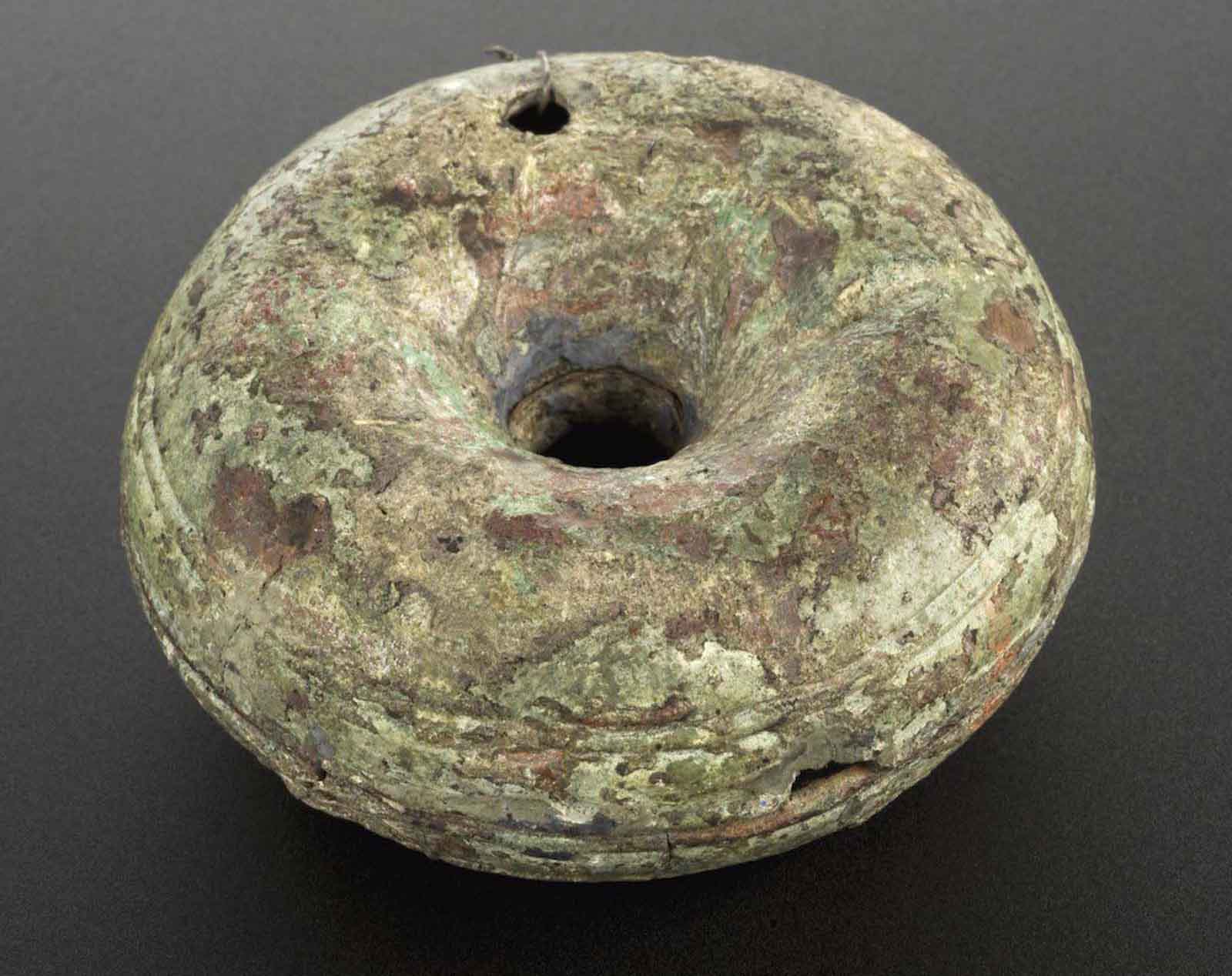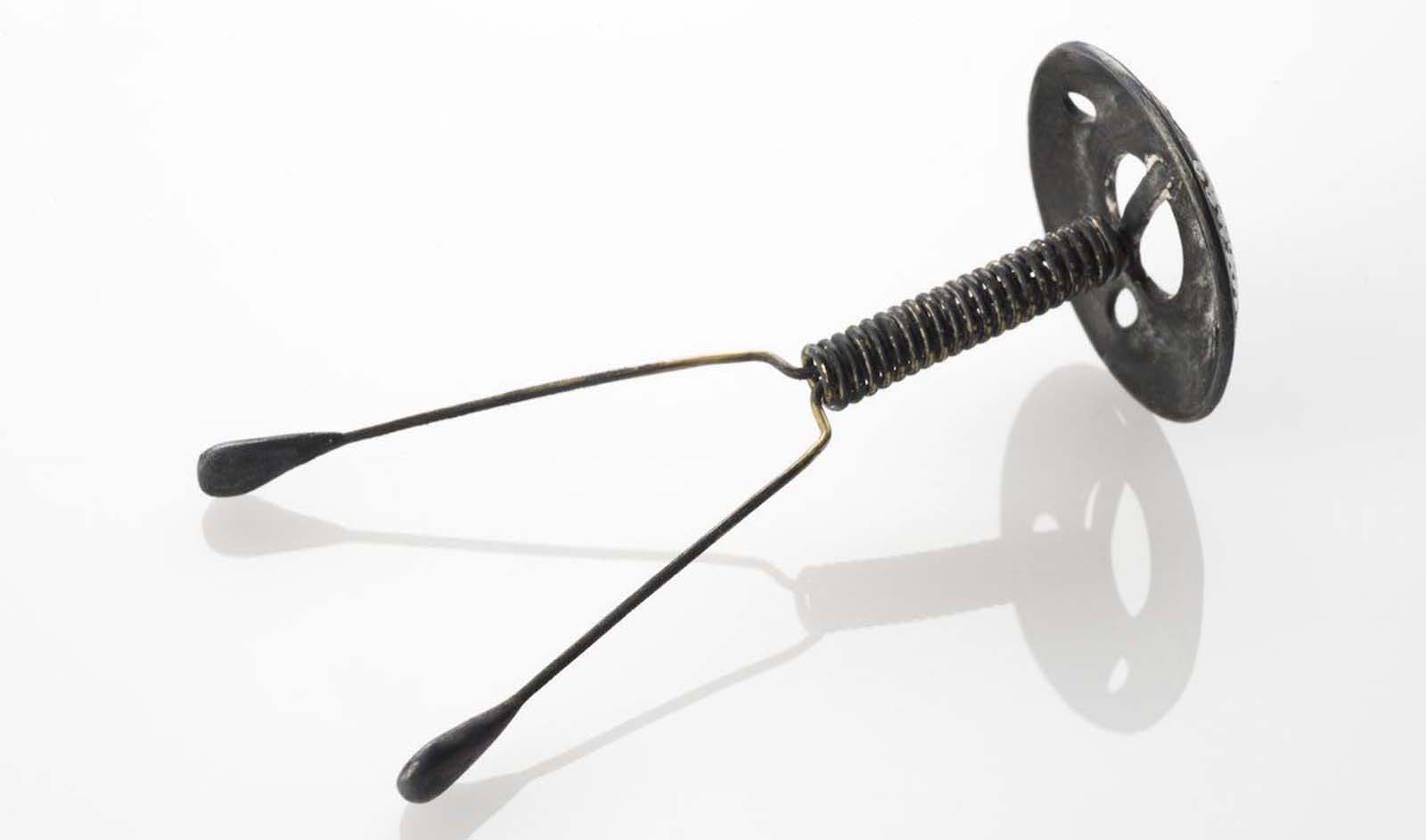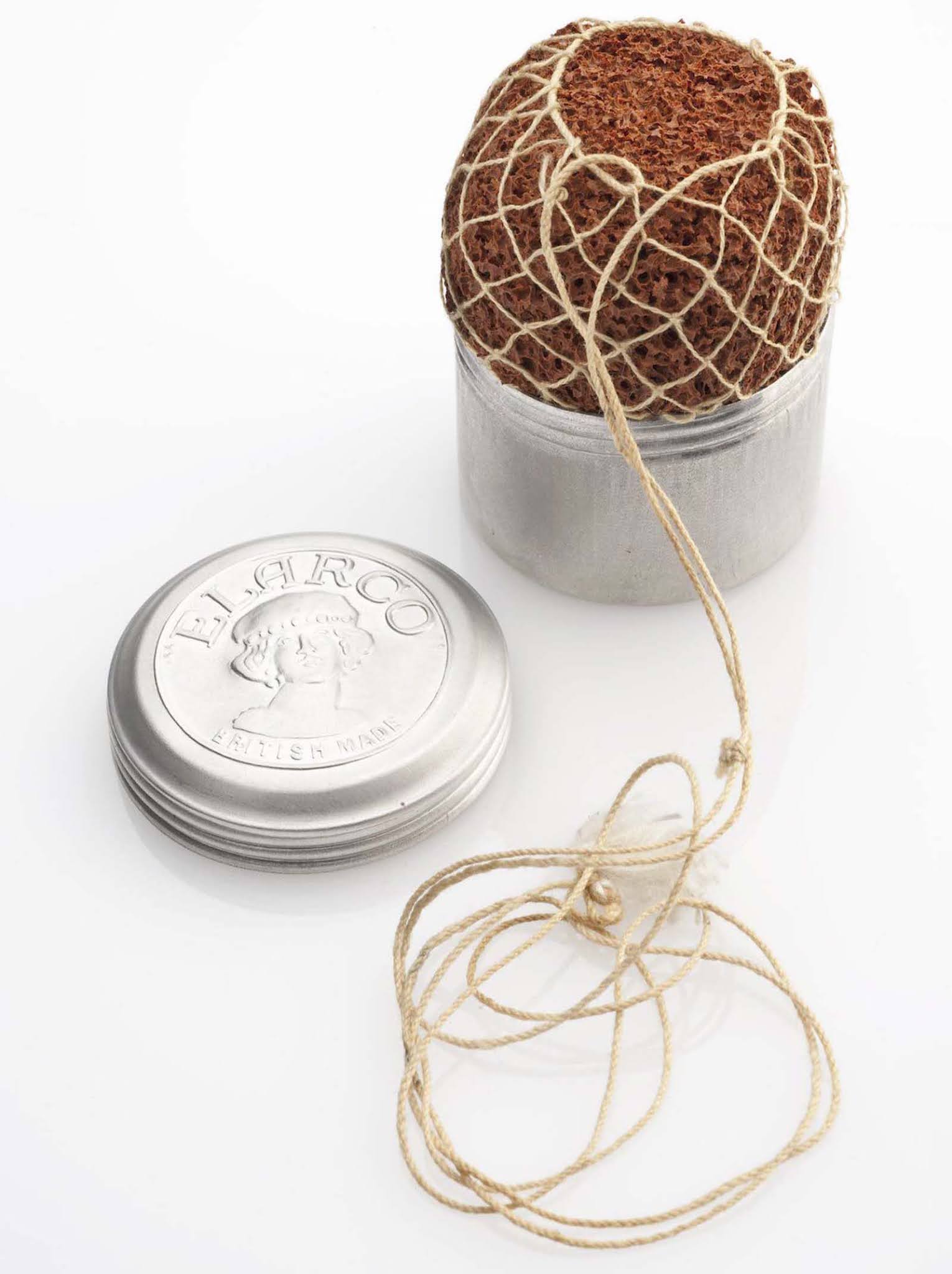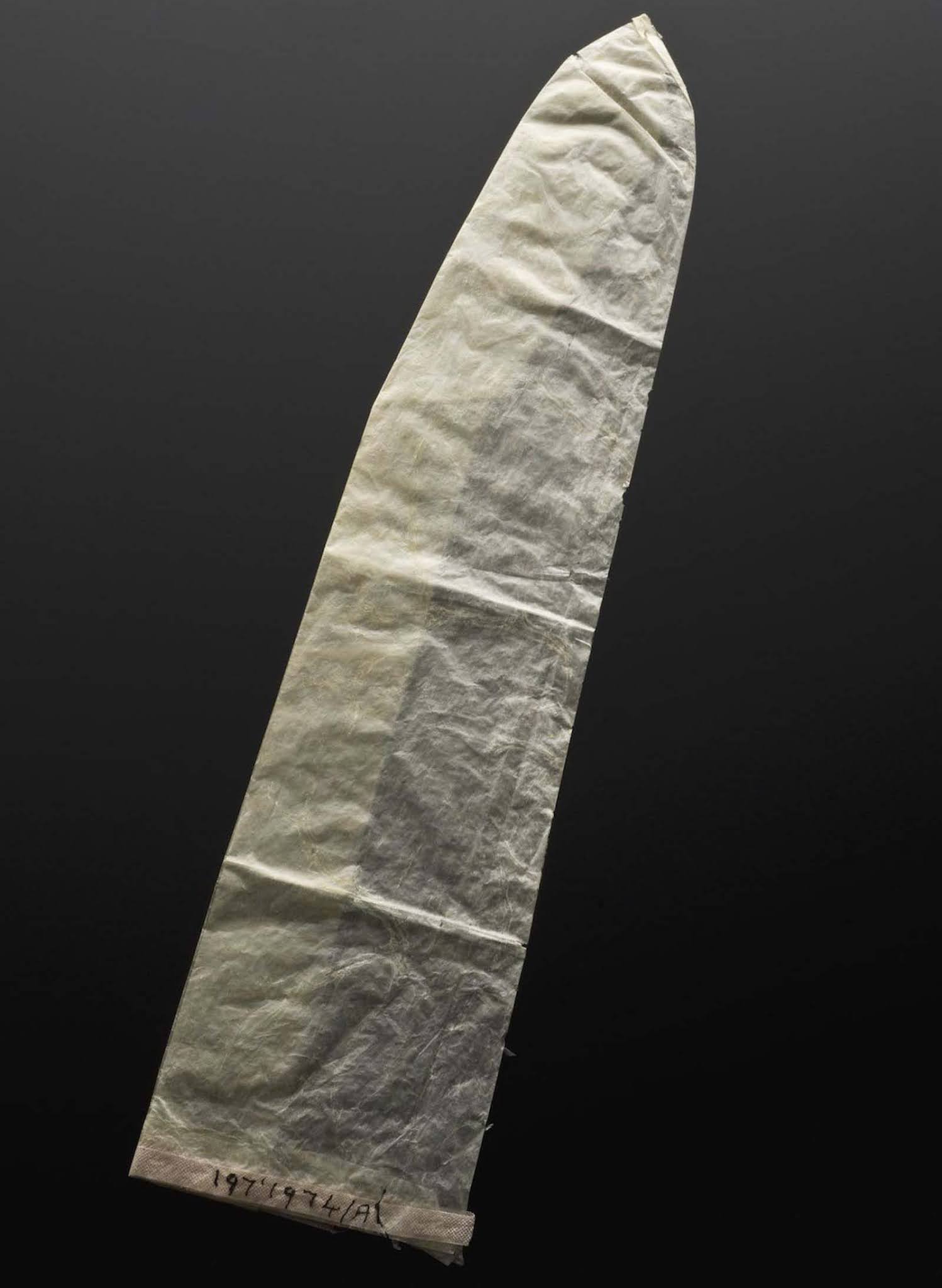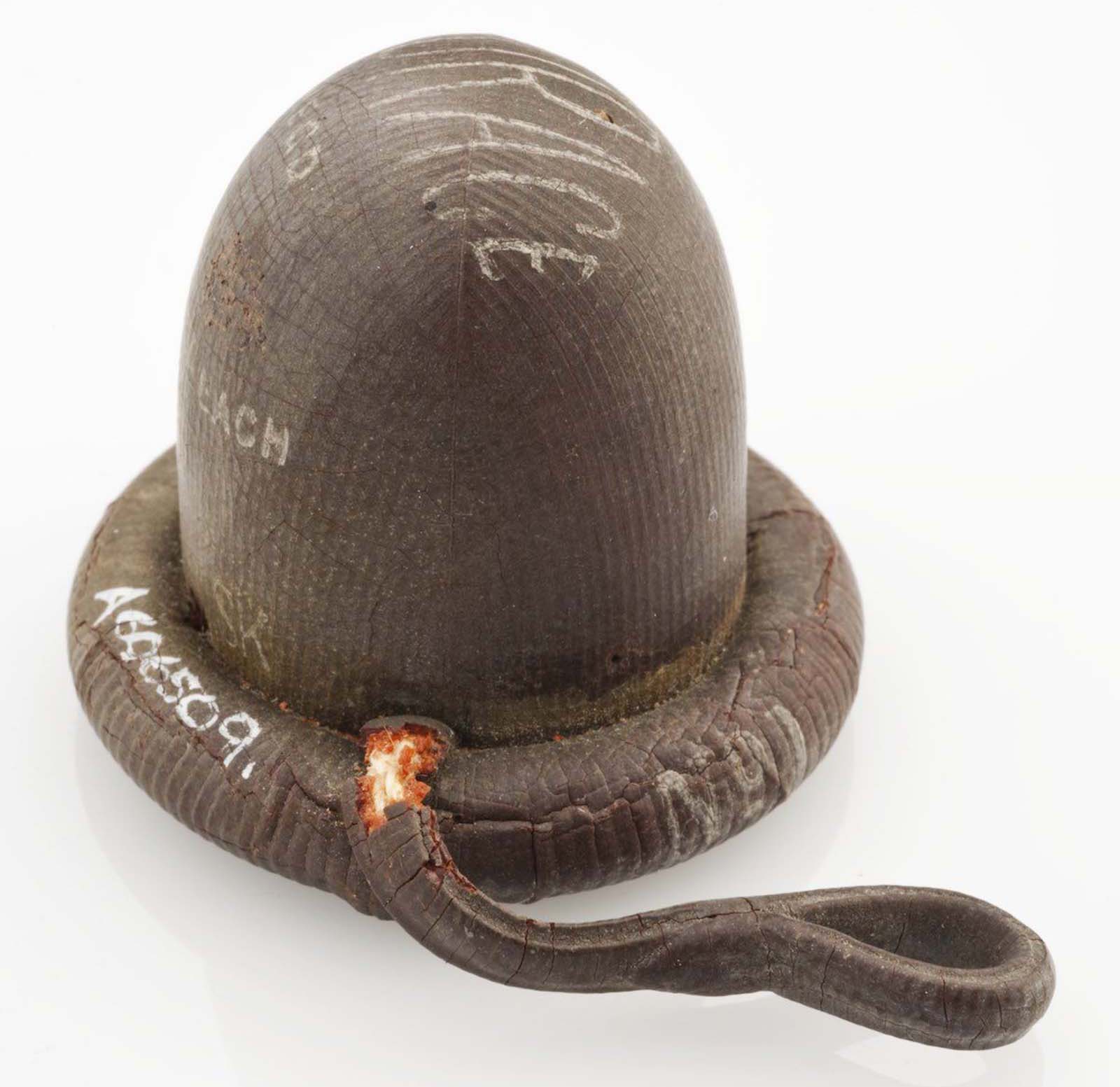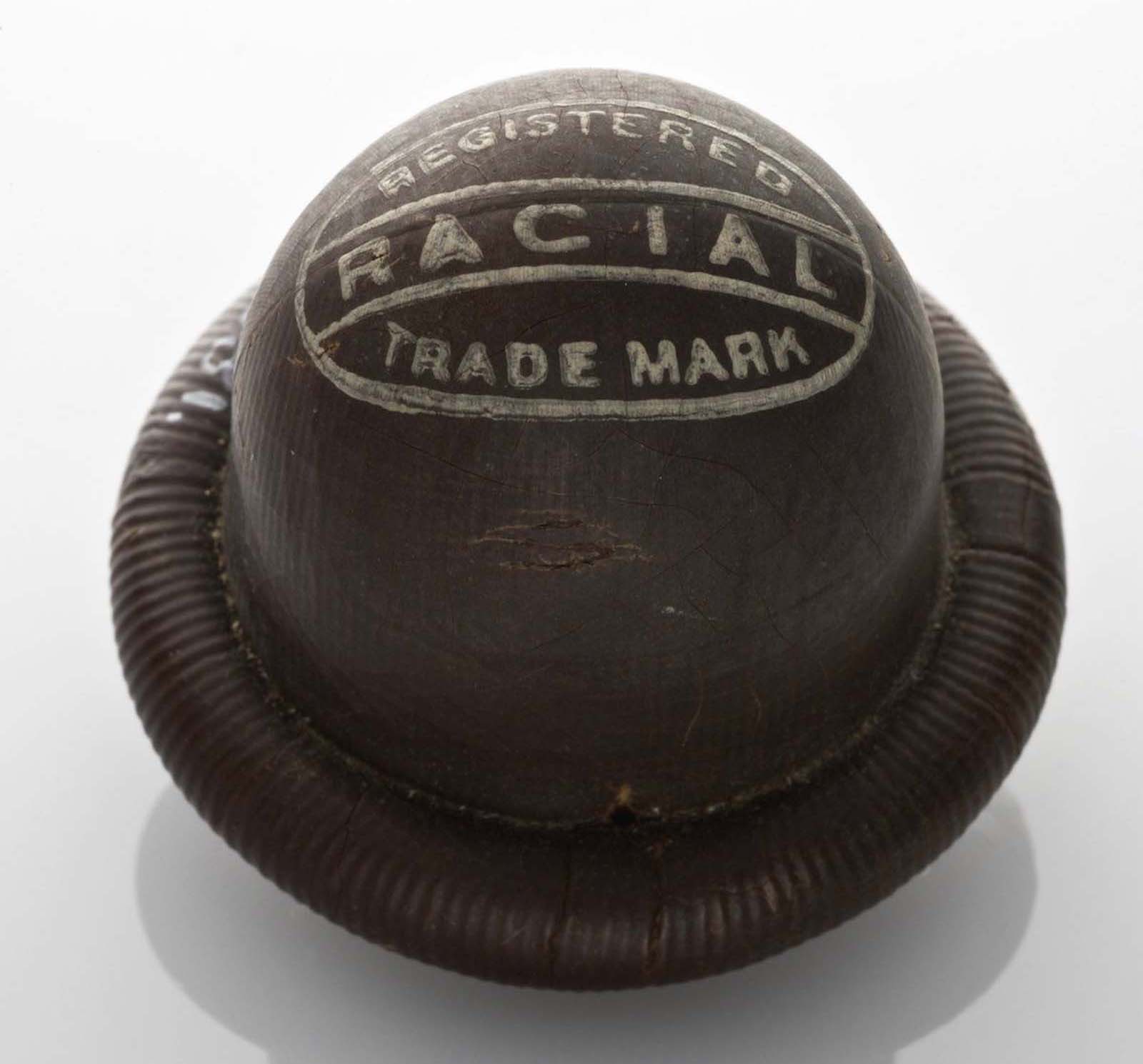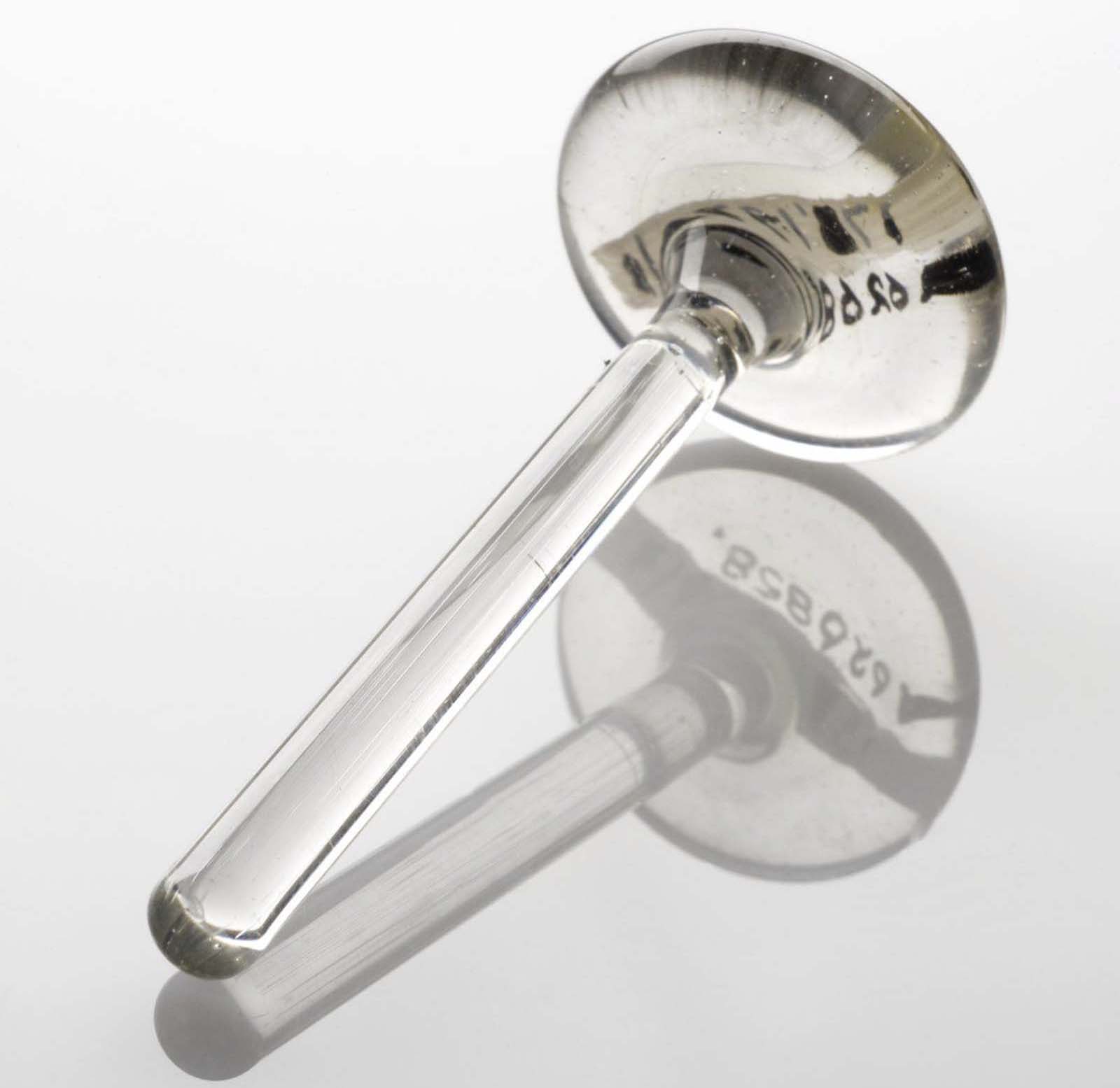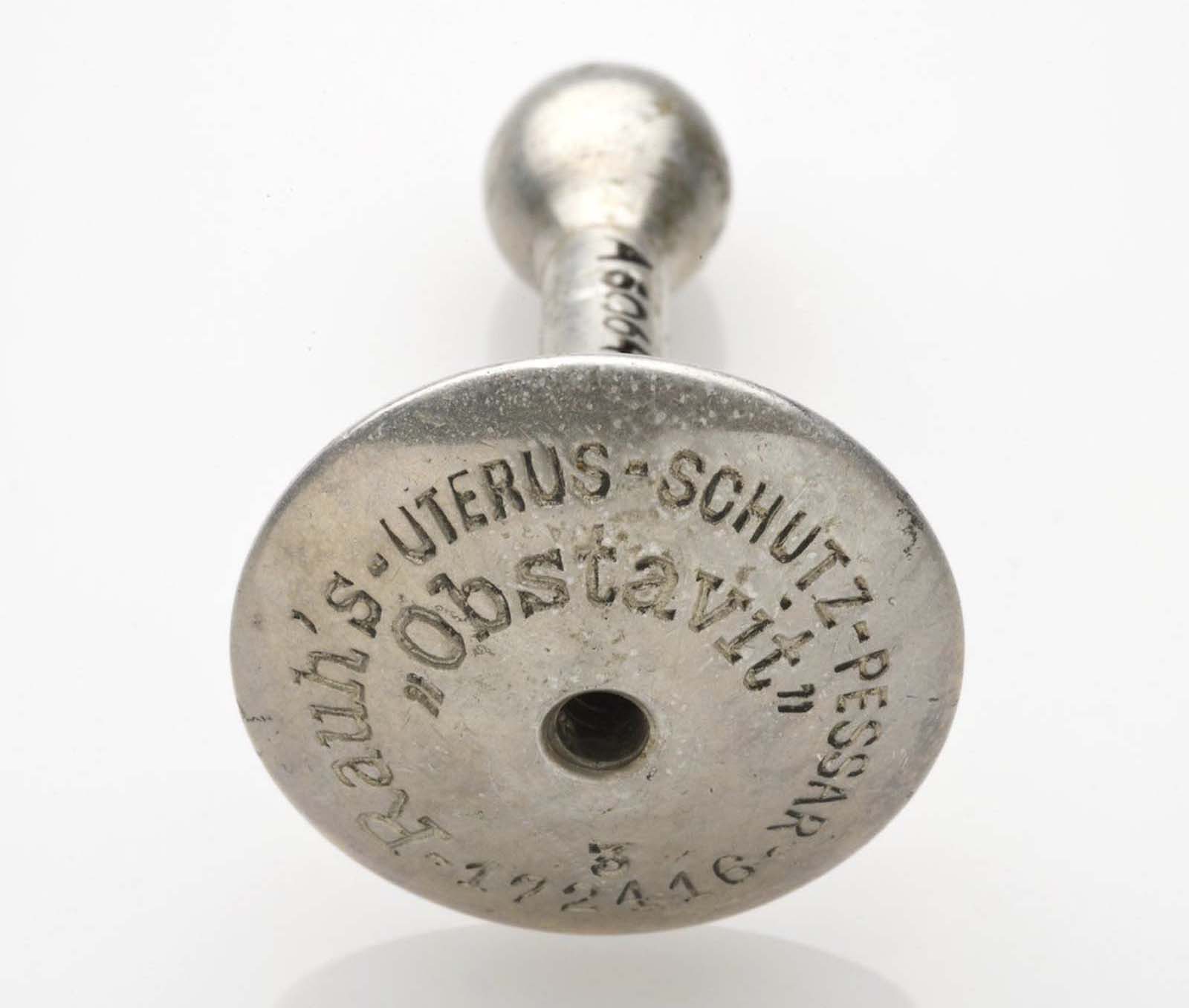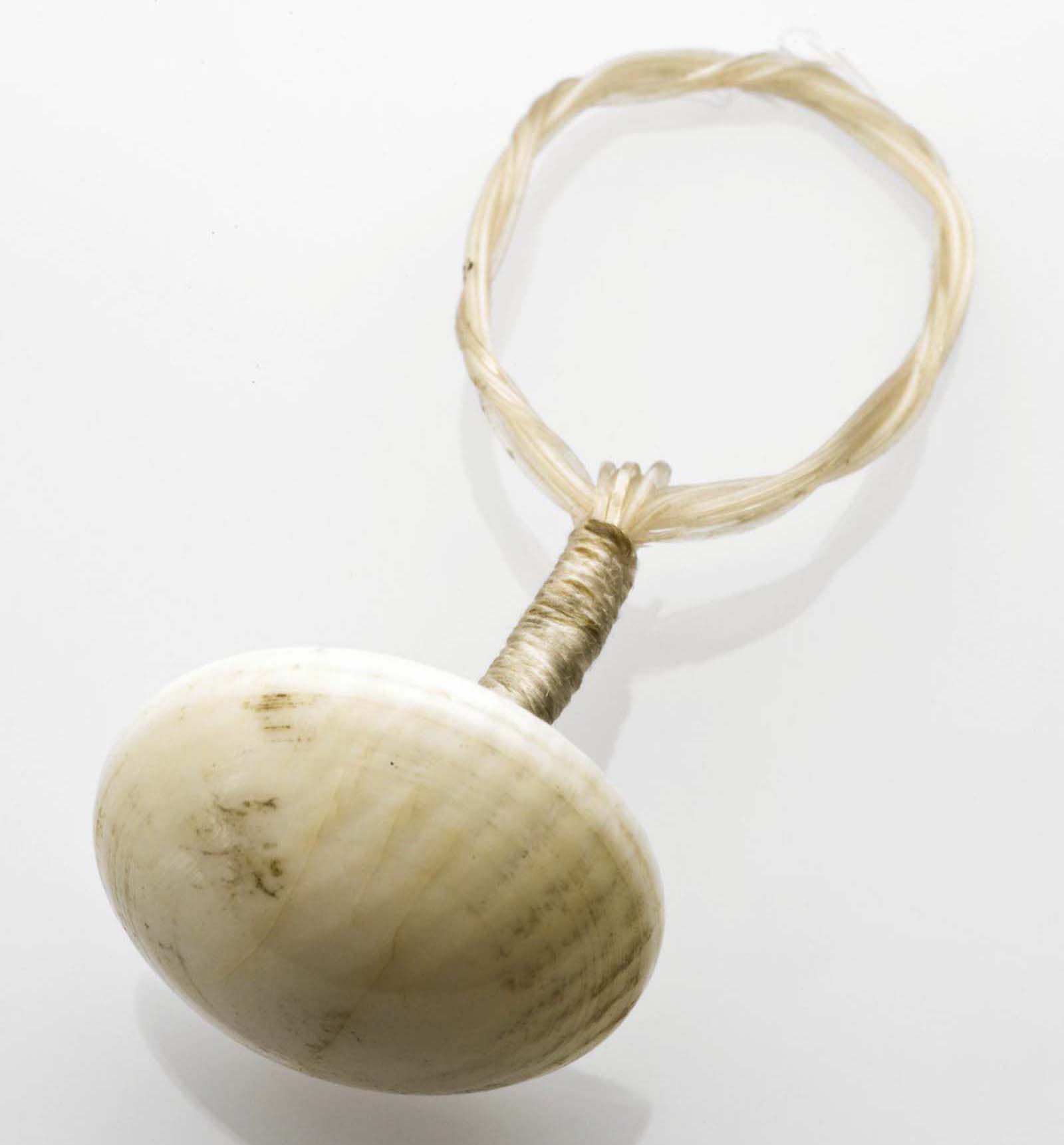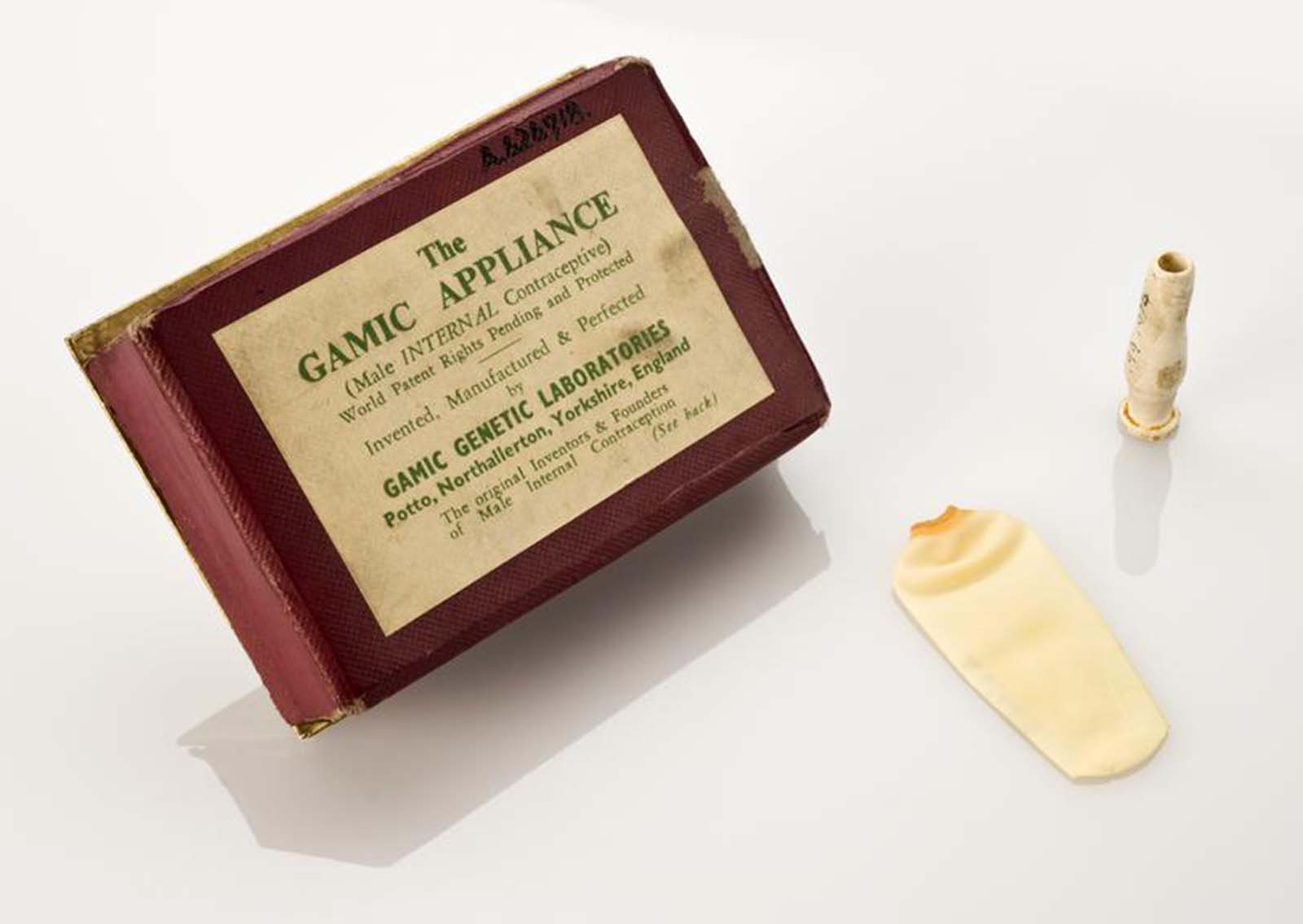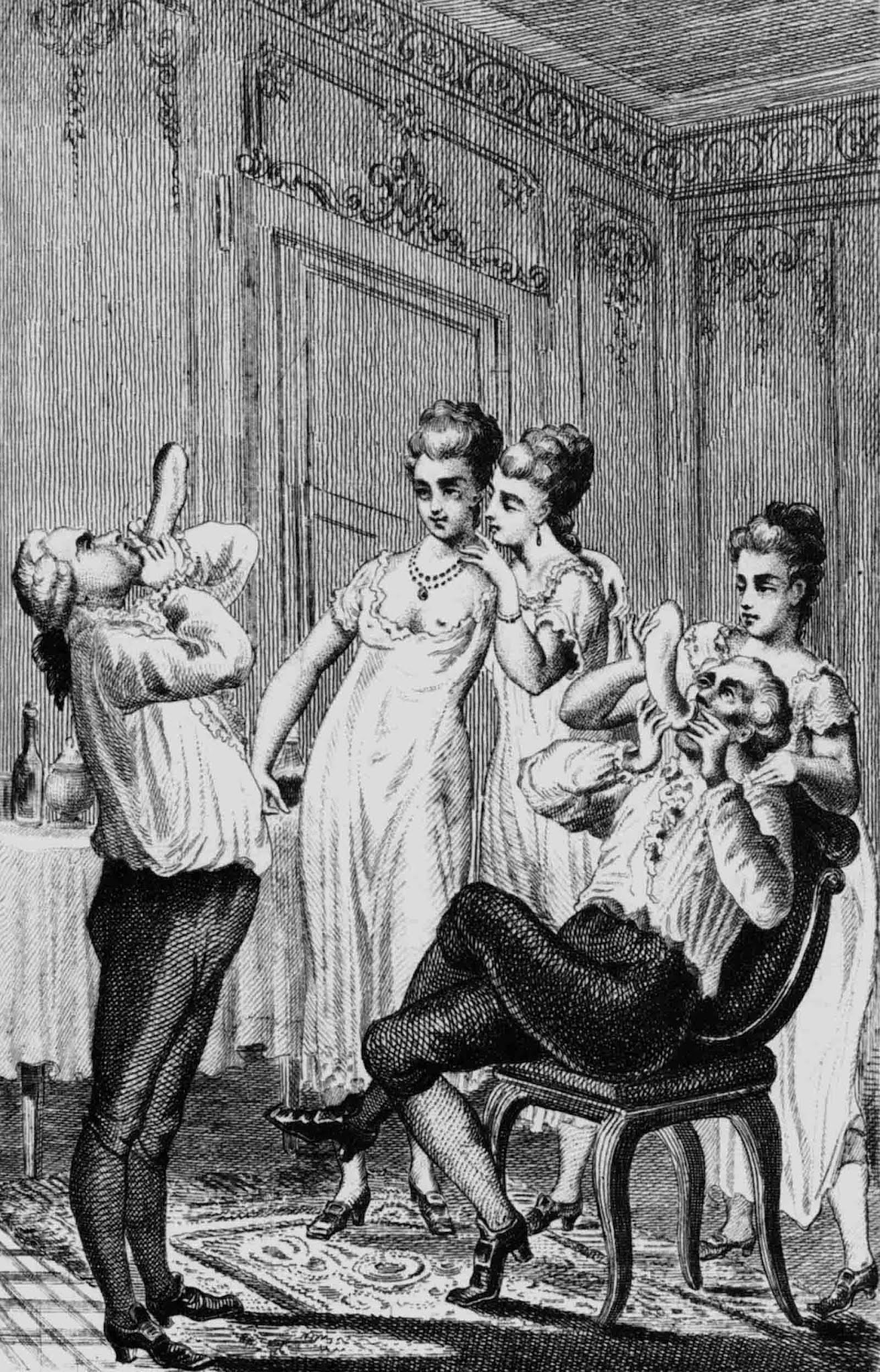The earliest known recordings of birth control methods date back to ancient Mesopotamia, around 1850 BC. The ancient Egyptians, Greeks, and Romans all had various forms of birth control. The earliest forms of birth control, as well as abortion, were found in Ancient Egypt and Mesopotamia as far back as 1850 BC. Papyrus scrolls were found to contain directions on how to make birth control, using honey, acacia leaves, and also lint as a form of a cervical cap to prevent sperm from entering the womb. Silphium, a species of giant fennel native to north Africa, may have been used as an oral contraceptive in ancient Greece and the ancient Near East. The plant only grew on a small strip of land near the coastal city of Cyrene (located in modern-day Libya) and all attempts to cultivate it elsewhere resulted in failure. Accounts of silphium’s contraceptive effectiveness are probably greatly exaggerated. Possibly due to its supposed effectiveness and thus desirability, by the first century AD, it had become so rare that it was worth more than its weight in silver and, by late antiquity, it was fully extinct. In ancient Greece, many plants were used as a form of birth control, including asafoetida, a close cousin of the extinct silphium. Queen Anne’s Lace was another popular contraceptive plant, and in some parts of India, it is still used for birth control today. The withdrawal or pull-out method was also used by ancient peoples to prevent fertilization. Modern historians believe that most ancient forms of birth control were ineffective, except for the pull-out method. In the late 9th to early 10th century, the Persian physician Muhammad ibn Zakariya al-Razi documented coitus interruptus, preventing ejaculation, and the use of pessaries to block the cervix as birth control methods. He described a number of pessaries, including elephant dung, cabbages, and pitch, used alone or in combination. Of course, the methods used before the 20th century were not always as safe or effective as those available today. Centuries ago, Chinese women drank lead and mercury to control fertility, which often resulted in sterility or death. During the Middle Ages in Europe, magicians advised women to wear the testicles of a weasel on their thighs or hang its amputated foot from around their necks. Other amulets of the time were wreaths of herbs, desiccated cat livers or shards of bones from cats (but only the pure black ones), flax lint tied in a cloth, and soaked in menstrual blood, or the anus of a hare. It was also believed that a woman could avoid pregnancy by walking three times around the spot where a pregnant wolf had urinated. In more recent New Brunswick, Canada, women drank a potion of dried beaver testicles brewed in a strong alcohol solution. And, as recently as the 1990s, teens in Australia have used candy bar wrappers as condoms. Some of the devices shown here are pessaries, which are tools for blocking the cervix. Italian adventurer Casanova writes of using a lambskin condom in the 1700s. Abortions were also used in the 1800s in the United States. Women used drugs to induce miscarriage and also physicians, and other trained practitioners would also perform surgical abortions. Finally, after centuries of crafty and artisanal methods, the first real technological revolution in contraceptives arrived in colonial America with the invention of vulcanized rubber in 1839. The latex-like material was used to manufacture condoms of a much higher quality, as well as, in time, the vaginal diaphragm: a shallow cap-shaped device that grips the vaginal walls and blocks the cervix so sperm can’t enter. Contraceptive products were marketed as “feminine hygiene” products, or “Mother’s friend,” “female wash, female tonics, and female remedies.” In the 1950s, Planned Parenthood Federation of America and Gregory Pincus and John Rock created the first birth control pills. The pills did not become widely available until the 1960s. In the mid-1960s, the landmark Supreme Court case Griswold v. Connecticut overturned the ban on contraceptives for married couples. In 1972, the right to contraceptives was extended to unmarried couples. The societal acceptance of birth control required the separation of sexual activity from procreation, making birth control a highly controversial subject in some countries at some points in the 20th century. Birth control also became a major theme in feminist politics; reproduction issues were cited as examples of women’s powerlessness to exercise their rights. Starting in the 1930s and intensifying in the ’60s and ’70s, the birth control movement advocated for the legalization of abortion and large-scale education campaigns about contraception by governments. (Photo credit: Science Museum London / Wellcome Images / Pandia Health / Smithsonian Museum) Notify me of new posts by email.
Δ Subscribe
